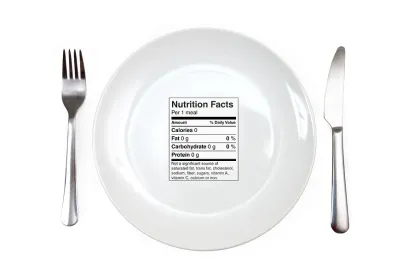As first reported by the New York Times, and later confirmed under questioning by Rep. Doggett in a House Ways and Means Committee hearing, one plank of the United State’s platform in the renegotiation of the North America Free Trade Agreement (NAFTA) is the limitation on member countries from requiring front of pack labeling on foods that would indicate using symbols, like a stoplight, which foods are more or less healthy.
In a report, IEG Policy News noted that certain industry groups oppose mandatory front of pack labeling using such symbols because they oversimplify the information. For example, the International Dairy Food Association notes that dairy products are nutrient rich and their consumption should be encouraged even though they may be considered high in calories or fat under some front of pack labeling regimes. Industry groups are largely in favor of the voluntary Facts Up Front initiative, which does not include symbols to demarcate healthy or unhealthy choices. Consumer advocacy groups, like Center for Science in the Public Interest, oppose restrictions on countries’ ability to impose mandatory warnings.
As we have seen in the battle over determining what foods are healthy, there are many ways that labeling could help promote or restrict the consumption of foods that generally promote a healthy lifestyle. Determining which foods are healthy represents a policy choice that has yet to be made.



 />i
/>i

